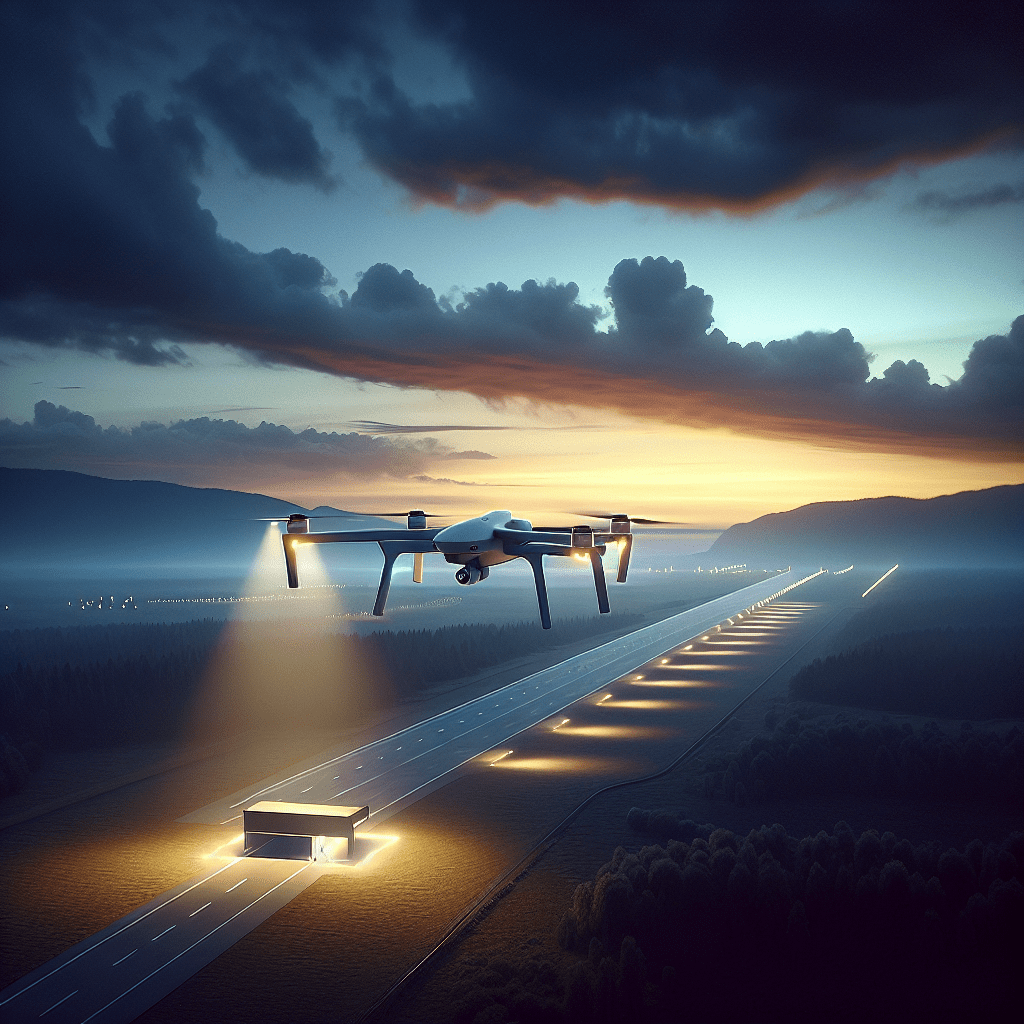The return to home feature is a game-changer for drone enthusiasts, ensuring not only the safety of your drone but also enhancing your flying experience. Whether you’re an experienced pilot or a novice UAV user, understanding this critical capability can prevent unpleasant surprises during your aerial adventures.
What Is the Return to Home Feature?
The return to home function allows your drone to autonomously return to its takeoff point at the push of a button or under certain conditions, like signal loss. This feature significantly reduces the risk of losing your drone. If the battery runs low or the signal drops, the drone automatically engages this mode, making it a vital safety precaution for all pilots.
How Does It Work?
Most drones use GPS technology to facilitate the return to home function. When you launch the drone, it records its launch coordinates. If it loses communication with the controller or senses a low battery, it calculates the most efficient route back to its starting point. This navigation feature works best in open areas without obstacles, ensuring a smooth and safe return.
The Importance of GPS Accuracy
The effectiveness of the return to home feature heavily relies on GPS accuracy. Drones equipped with high-quality GPS modules can pinpoint their location to within a few inches, significantly improving the success rate of the return function. To learn more about enhancing your GPS tracking skills, visit our blog.
Why You Should Use the Return to Home Feature
Even experienced pilots can benefit from this safety feature. The return to home allows you to focus on capturing stunning aerial shots without worrying about losing your drone. For beginners, it serves as a valuable tool to develop aerial skills while minimizing risks. For further insights, browse our camera category for drones that ensure safety and ease of use.
Common Situations Where It’s Useful
Imagine you’re flying your entry-level drone over a picturesque landscape when the unexpected happens. A sudden gust of wind may push your drone out of range, or you could lose sight of it due to unfamiliar terrain. In situations like these, the return to home function is not just handy; it can be lifesaving.
Exploring the Limitations
While the return to home feature is invaluable, it’s not foolproof. Factors such as battery life, GPS interference, and environmental conditions can impede its effectiveness. Knowing these limitations allows pilots to fly more responsibly, ensuring that they either stay within a manageable distance or regularly check battery levels.
Enhancing Your Drone Skills
Utilising the return to home function can help you gain confidence as a pilot. As you learn to manage your flights effectively, you can challenge yourself with longer distances and more complex aerial manoeuvres. However, always keep in mind that thorough practice and understanding the capabilities of your drone—a crucial part of being a competent pilot.
Conclusion
Incorporating the return to home feature into your flying experience ensures that you both enjoy the thrill of piloting a drone and prioritise safety. As you navigate through aerial photography or leisurely flights, remember that this feature is your best friend in making sure your drone returns safely home. Discover more about drone features and how to optimise your flying on Wikipedia or check out the UK government’s aviation guidelines here.

